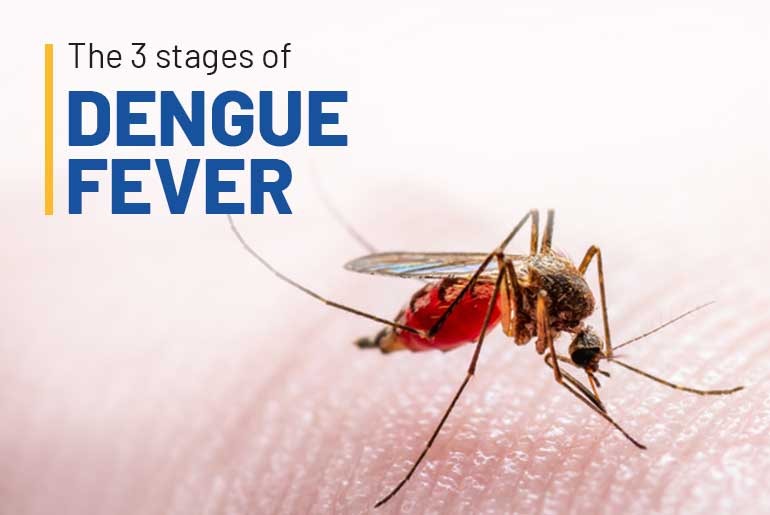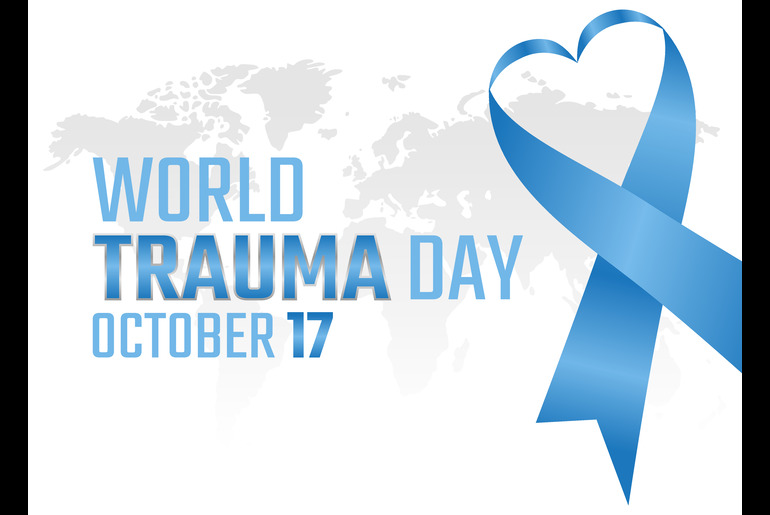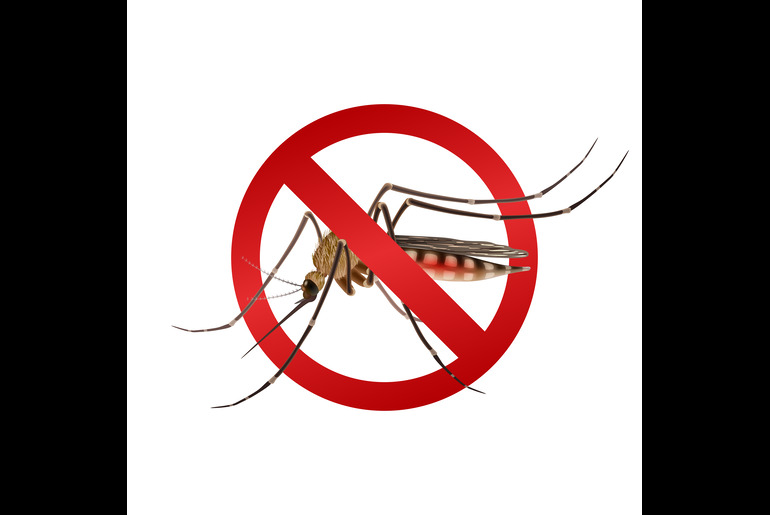Ever wondered how surgeons manage to perform incredibly delicate procedures with such accuracy? There’s a fascinating piece of technology that’s making a huge difference in operating rooms today: handheld robotic systems. These innovative tools are changing the game, providing surgeons with unprecedented precision and control. In this article, we’ll explore how handheld robotic systems are enhancing surgical precision for better patient outcomes. Let’s get started!
What is Surgical Precision?
Surgical precision refers to the accuracy and control with which a surgeon performs a procedure. It is a critical factor that determines the success of surgeries. This influences both, the immediate outcomes and long-term recovery of patients. Precision in surgery means fewer mistakes, minimized damage to surrounding tissues, and a higher likelihood of successful outcomes.
Challenges in Traditional Laparoscopy
Traditional laparoscopy, a type of minimally invasive surgery, has been a breakthrough in reducing patient recovery time and minimizing surgical scars. However, it comes with its own set of challenges. The instruments used in traditional laparoscopy are rigid and offer limited degrees of freedom. This can restrict a surgeon’s ability to perform complex maneuvering with the necessary precision.
How Handheld Robotic Systems Improve Precision
Technological Advancements: Handheld robotic systems represent a significant leap forward in surgical technology. These systems combine the flexibility of human hands with the precision of robotic instruments. Equipped with advanced sensors and motors, handheld robotic systems allow for fine, delicate movements that are difficult to achieve with traditional laparoscopic tools. With its articulating tip, the handheld robotic system facilitates the surgeon’s access to challenging areas of the human anatomy, rendering navigation easier
Surgeon Control and Feedback: One of the key benefit of Handheld robotic system is, they provide the tactile feedback unlike the giant robotic systems which is a console based control without giving any tactile feedback to the surgeon. This direct interaction allows surgeon to maintain the tactile sensation which is crucial for performing delicate procedures. This direct interaction allows surgeons to maintain their tactile sense, which is crucial for performing delicate procedures. The feedback from the system ensures that even the smallest movements are accurately translated into the robotic instruments, reducing the likelihood of errors.
Benefits of Increased Surgical Precision
Improved Patient Outcomes: Increased surgical precision directly translates to improved patient outcomes. When surgeries are performed with greater accuracy, patients experience fewer complications and faster recovery times. The reduced risk of damage to surrounding tissues also means that patients are less likely to suffer from post-operative pain and infections. Overall, the use of handheld robotic systems leads to a higher quality of care and better long-term health outcomes for patients.
Efficiency in Surgical Procedures: Handheld robotic systems also contribute to greater efficiency in surgical procedures. The precise control provided by these systems allow surgeons to perform operations more quickly and accurately. This efficiency can lead to shorter procedure times, which benefits both patients and healthcare providers. For patients, shorter surgeries mean less time under anesthesia and a quicker return to normal activities. For healthcare providers, increased efficiency can lead to better utilization of operating rooms and resources.
Conclusion
Handheld robotic systems are transforming the field of surgery by enhancing precision and control. These advanced tools address the limitations of traditional laparoscopy, offering surgeons greater flexibility and accuracy. As technology continues to advance, handheld robotic systems are set to play an increasingly important role in the future of surgery, ensuring that patients receive the highest standard of care.
Reference Links:
https://www.merillife.com/blog/medtech/handheld-robotic-surgery-vs-traditional-laparoscopic-surgery#:~:text=In%20traditional%20laparoscopic%20surgery%2C%20the,affecting%20their%20performance%20and%20efficiency.
https://www.pbgmc.com/healthy-living/corporate-content/7-key-benefits-of-robotic-surgery#:~:text=Increased%20precision%20for%20more%20accurate,Less%20risk%20of%20infection
https://openmedscience.com/revolutionising-healthcare-the-advancements-and-future-of-robotic-surgery/
https://health.ucdavis.edu/surgicalservices/roboticsurgery/faqs.html#:~:text=The%20robotic%20arms%2C%20which%20can,three%20hours%20under%20general%20anesthesia.
https://www.uchealth.com/services/robotic-surgery/patient-information/benefits/
https://www.mayoclinic.org/tests-procedures/robotic-surgery/about/pac-20394974#:~:text=Robotic%20surgery%20allows%20doctors%20to,it’s%20used%20in%20open%20surgeries.





